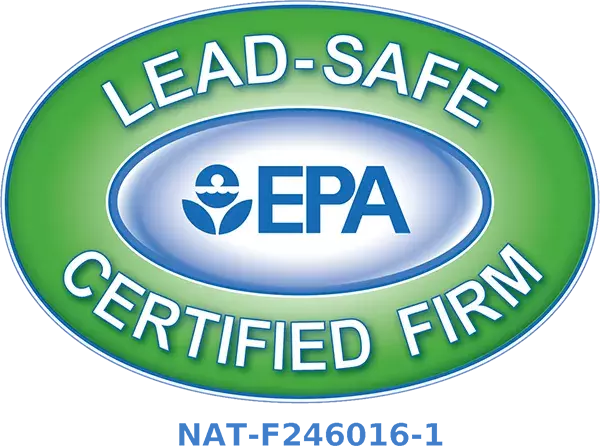Roof Tarping
When an emergency hits home J&R is there.

Our Process
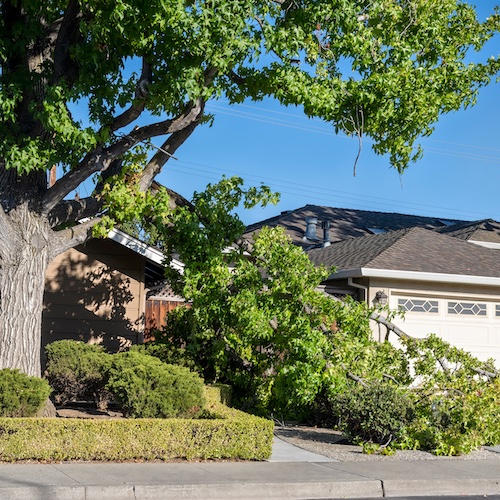
1. Evaluate the area
During this process we will check the area for any safety concerns like downed electrical lines or fallen trees.
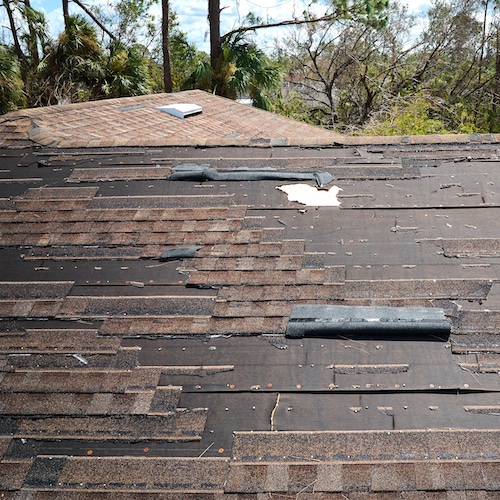
2. Analysis
During this step we will perform an assessment of the exterior and interior damages, figure out what is needed for a temporary repair, and appropriate the right tools, equipment, and labor needed.
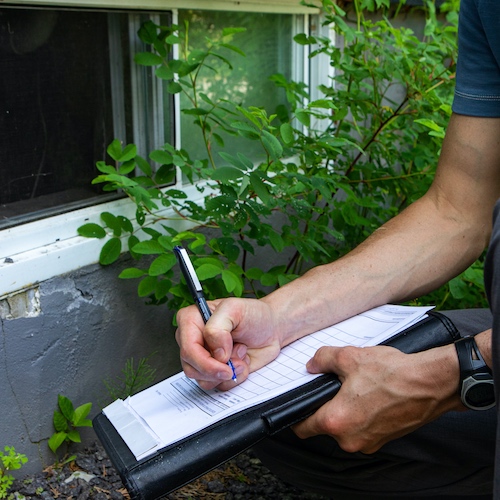
3. Prepare Scope of Work
During this process we will take measurements, photos and prepare all the documents you might need for your claim.
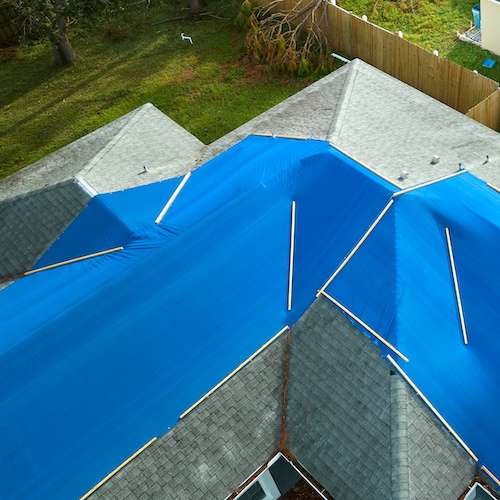
4. Get Started
We will install roof tarp and start mitigating the interior damages.
Leaking roofs can cause more damage than you think!
Act now to protect your home from:
Further Water Damage to walls, floors and personal property
Insulation Damage
Mold Growth
Structural Damage
Foundation Problems
Intruders
Call J & R Restoration Now!What not to do after roof damage:
Do not attempt to install a tarp during a storm or while the roof is wet.
Do not climb on the roof. The roof may have hidden structural damage.
Do not walk on the tarp.
Do not attempt to remove debris from roof.
Do not use a metal ladder near power lines or close to electrical equipment.
Protect Your Home with a Fast & Reliable Roof Tarp
The experts at J & R Restoration are ready.
An adequately secured roof tarp shields your home from rain or wind, and can prevent missing shingles and holes from becoming leaks. Some homeowner insurance policies require you to take proactive measures to prevent your roof and home from incurring further damage or they might refuse coverage. Protect yourself and your possessions now.
Trust the Professionals
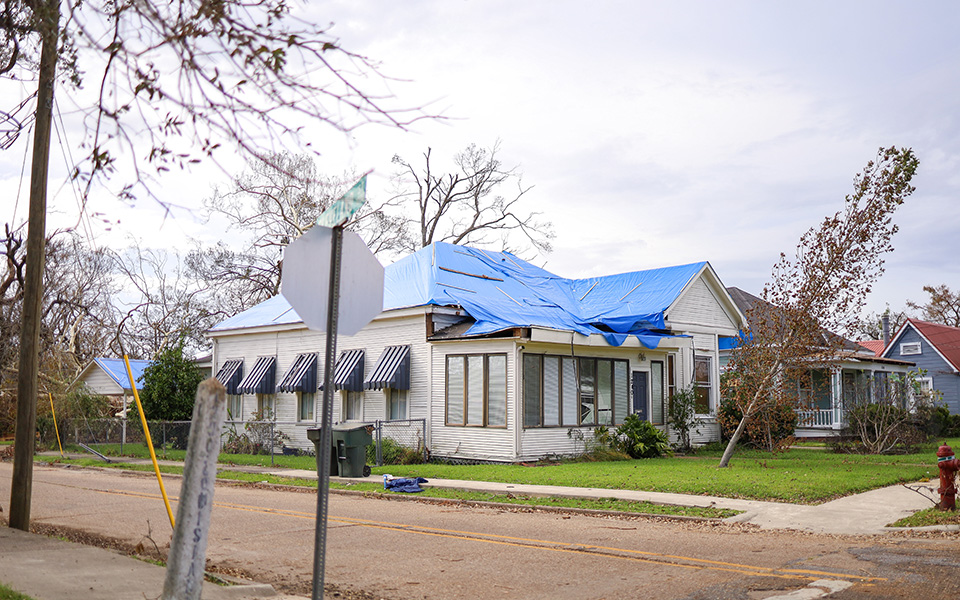
You might be tempted to waterproof a damaged roof yourself. Don’t put yourself in harm’s way by standing on a damaged roof without the right equipment and training. A major storm can cause loose shingles, and wet or damaged roofs put you at risk of slipping, tripping, or falling through. Save valuable time and money and put your mind at ease by calling on us to get the job done right the first time at a price that’s fair. The accomplished team at J&R Restoration has the experience and resources to properly examine and waterproof your roof until we can work toward a permanent solution.
How J&R Restoration Can Help
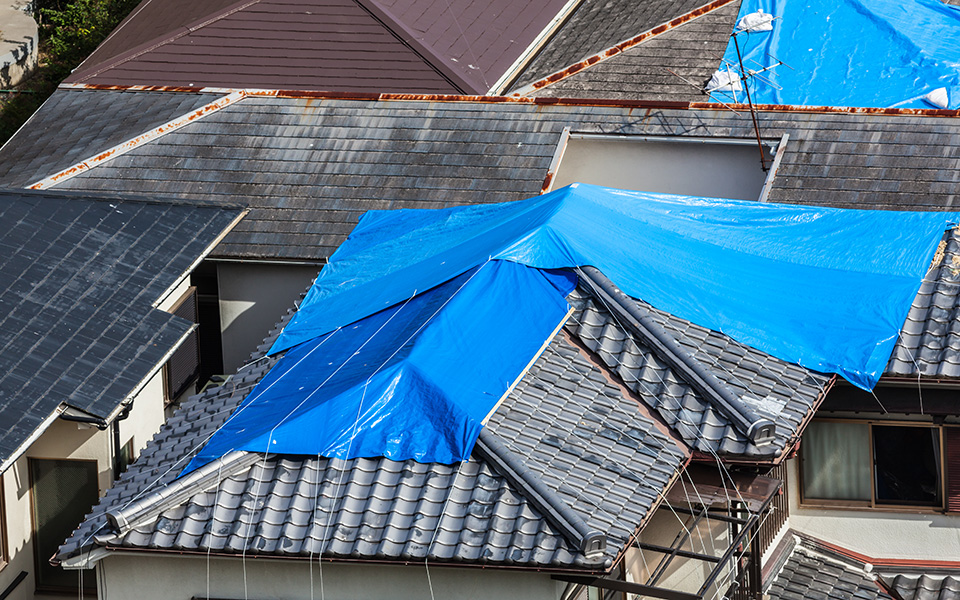
Our experienced team will first inspect the roof to assess which areas need a tarp. We will examine the roof and all areas of damage to determine the quality and size of the tarp needed to protect your home. Choosing the correct size is crucial for preventing rain from entering your home. Based on the timing of your roof repair and the threat of inclement weather, we will discuss with you the quality of the tarp that will best suit your needs. We will ensure any loose debris, shingles, and nails are removed before and after service, to prevent additional damage and clogged gutters.
Roof Tarping FAQ
Q: Should I do this myself or hire a professional?
A: When it comes to roof tarping, this is a task you are going to want to hire a professional for! As professionals, we are able to assess the damages, locate the exact area of concern and tarp your roof properly.
Q: How long does a roof tarp last?
A: The average roof tarp can last around 1-6 months depending on weather factors. A roof tarp is not a permanent solution to a leaking roof, rather is a solution to minimize interior damage in your home until a roofer can either repair or replace your roof.
Common Issues to Look for In a Leaking Roof
Missing, rotting, peeling, broken or buckling shingles or tiles
Clogged or slow draining gutters and or downspouts
Loose roofing material
Water piling or sitting in one area on your roof
Does your home or business have a roof leak?
Call J & R Restoration now
Immediate Local Response
Roof Tarping and Protection
Roof Leak Detection
Storm Damage Restoration
Flood Cleanup, Drying and Full Restoration Services
Water Extraction
Infrared Leak Detection
Thermal Imaging
Insurance Claim Documentation
Interior Damage Assessment and Repairs
Mold Prevention
Emergency Repairs
Do You Need a Roof Tarp?
An adequately secured roof tarp shields your home from rain, or wind and can prevent missing shingles and holes from becoming leaks. Some homeowner insurance policies require you to take proactive measures to prevent your roof and home from incurring further damage. Your insurance company may refuse coverage on additional damage even after covering the cost of the initial damage. Protect your valued possessions and your pocketbook by allowing us to provide a temporary solution to your damaged roof.
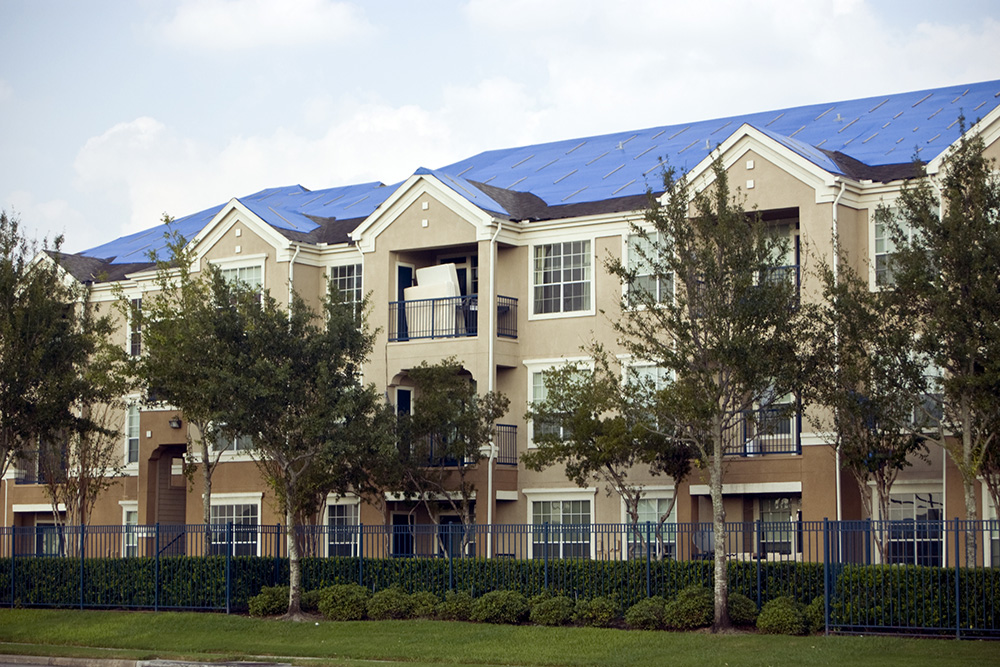
Call J&R Restoration- The Expert In Your Corner
At J&R Restoration, your complete satisfaction is our goal, and we know a leaking or damaged roof cannot wait. If in good condition, a properly installed tarp free of rips or tears can remain in place for several months. However, it is essential to remember that a roof tarp is still a temporary solution. Whether you are in need of an emergency solution or a permanent fix, our qualified team can swiftly and professionally repair the impacted areas to keep your home protected and safe from further damage









